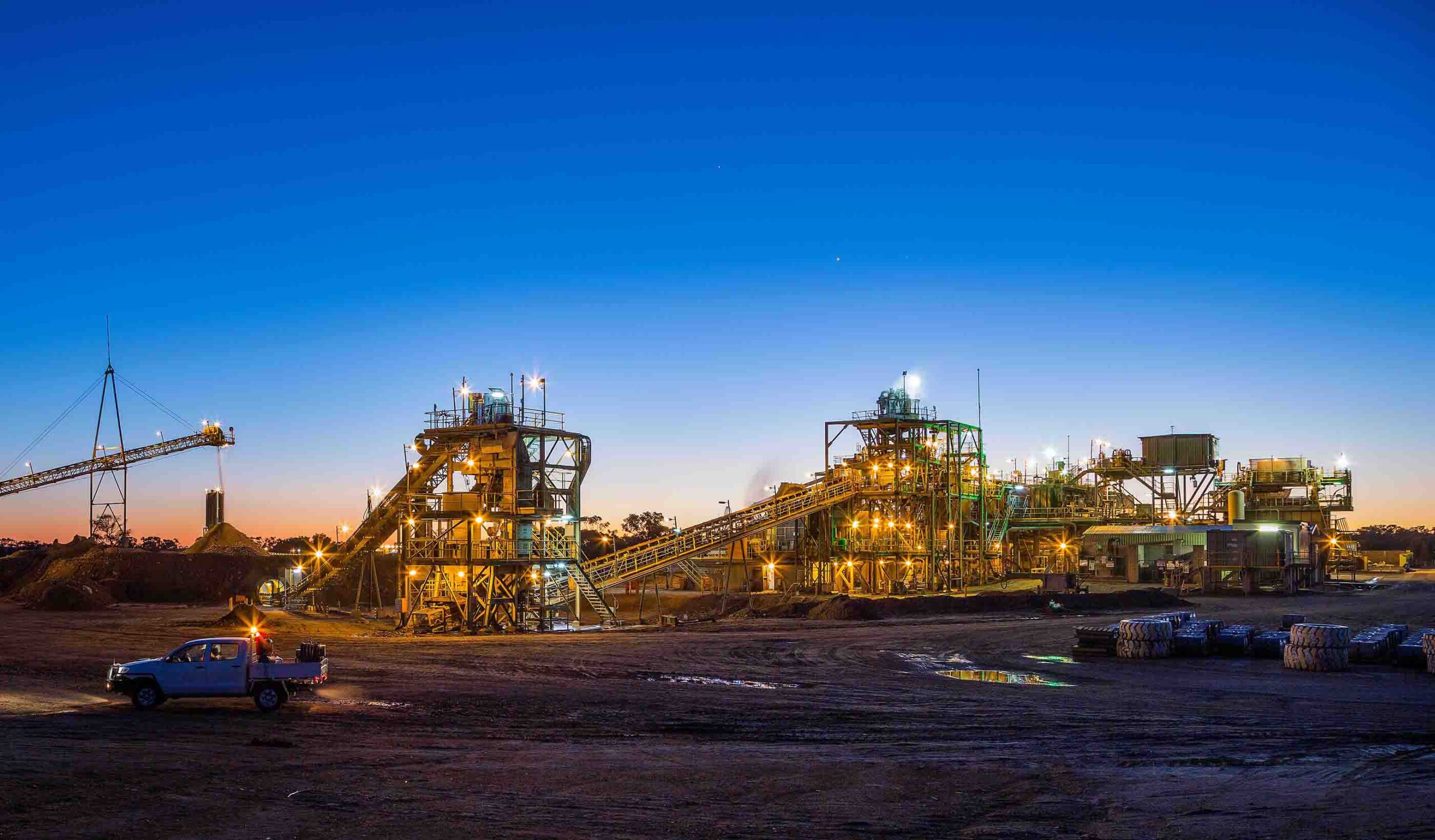In the quest to unlock the Earth’s hidden treasures and optimize energy extraction, oil and gas energy consultants play a pivotal role in deciphering the complexities of subsurface geology and reservoir dynamics. Among the myriad of tools and techniques at their disposal, depth conversion stands out as a crucial process that bridges the gap between seismic data and actionable insights. Let’s explore how depth conversion formula relates to oil and gas energy consultants and why it’s integral to their work.
Understanding Depth Conversion
Depth conversion is a specialized geophysical technique used in the oil and gas industry to transform seismic data from time domain to depth domain. Seismic data, acquired through geophysical surveys, provides valuable information about subsurface structures and rock properties. However, seismic data is typically recorded in terms of travel times (milliseconds), which must be converted into depth measurements (feet or meters) to accurately interpret subsurface features such as reservoirs, faults, and stratigraphic layers.
The Role of Oil and Gas Energy Consultants
Oil and gas energy consultants are seasoned professionals with expertise in various disciplines, including geology, geophysics, reservoir engineering, and petroleum economics. Their role extends beyond mere data analysis; they serve as trusted advisors, problem solvers, and strategic partners for energy companies seeking to optimize exploration and production activities. When it comes to depth conversion, energy consultants offer invaluable expertise and insights that drive informed decision-making and maximize the value of seismic data.
Integration of Multidisciplinary Knowledge
Depth conversion requires a deep understanding of geological structures, seismic interpretation techniques, velocity modelling, and geostatistical methods. Oil and gas energy consultants leverage their multidisciplinary knowledge and experience to integrate these diverse elements into a cohesive workflow. By combining geological insights with advanced geophysical techniques and data analytics, consultants ensure that depth conversion processes are conducted with accuracy, reliability, and precision.
Optimization of Reservoir Characterization
Accurate depth conversion is essential for reservoir characterization, as it provides critical information about reservoir geometry, thickness, depth, and connectivity. Energy consultants utilize depth-converted seismic data to delineate reservoir boundaries, identify structural traps, and map stratigraphic features. This information forms the basis for reservoir modelling, simulation, and development planning, enabling energy companies to optimize production strategies and maximize hydrocarbon recovery.
Risk Mitigation and Decision Support
Depth conversion helps mitigate exploration and production risks by providing a clearer understanding of subsurface uncertainties and complexities. Oil and gas energy consultants conduct comprehensive uncertainty analyses and sensitivity studies to assess the reliability of depth-converted results and quantify associated risks. Armed with this information, energy companies can make better-informed decisions about investment strategies, drilling targets, and reservoir management practices.
Conclusion: Unlocking Subsurface Potential
In conclusion, depth conversion is a critical component of the oil and gas energy consulting toolkit, enabling consultants to unlock the full potential of seismic data and provide actionable insights to energy companies. By leveraging their multidisciplinary expertise, integrating advanced techniques, and conducting rigorous analyses, energy consultants help optimize reservoir characterization, mitigate risks, and drive value creation in the exploration and production process. As the energy industry continues to evolve, depth conversion remains an indispensable tool for unravelling the mysteries of the subsurface and maximizing the efficiency and effectiveness of oil and gas operations.


